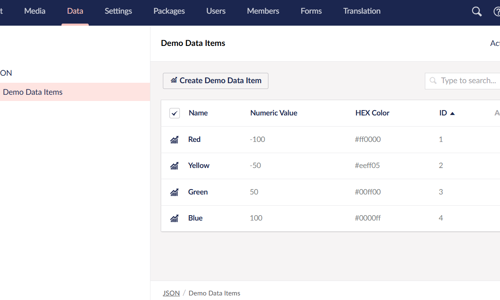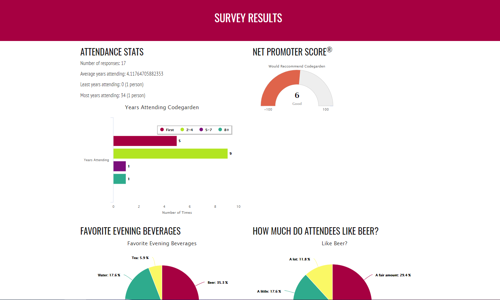 These days video online is hot – and with good reason. Video is compelling, and allows you to connect with your audience in a way that the written word and photographs can’t beat. Frequently the challenge business people face with integrating video into their online marketing is two-fold: strategy and technology. Thankfully, both these can be easily understood and put into practice.
These days video online is hot – and with good reason. Video is compelling, and allows you to connect with your audience in a way that the written word and photographs can’t beat. Frequently the challenge business people face with integrating video into their online marketing is two-fold: strategy and technology. Thankfully, both these can be easily understood and put into practice.
Strategy
When you are considering video as part of your marketing message, it’s a good first step to have a clear understanding about what you want to use the video for:
- To increase awareness of your brand to a wider audience?
- To educate potential clients about yourself or your products/services?
- To build the know-like-trust factor via useful content?
- To connect personally with your audience and share your personality?
- To convince people to complete a “most-desired action” (email sign-up, event attendance, purchase, etc)?
- As an incentive to join your list or otherwise engage with your business?
You might have several different goals, and you need to decide whether you will need separate video campaigns to satisfy those goals.
Once you are clear about your goal, you should draft an outline of the content and presentation of the video(s) required for your campaign. You should also determine where the videos will be located. (On your homepage, on a sales or landing page, as a blog post, as part of your social media, etc.)
All of this should be completed before you get out your camera.
Technology
I can’t possibly cover every possible detail about the technology you can use in video filming, editing, production, and posting. I will just touch upon the basics.
Cameras
A simple, inexpensive digital video camera (less than $250) is all you need to get started. You will likely want a tripod or a friend to help you with your video filming. Cameras with removable media (such as SD cards) will give you plenty of space to film before needing to download your video to a computer.
Editing
There are several software applications that you can use to complete your video editing, from the simple to the complex. When you are getting started, I suggest getting software that is relatively simple and easy to use. Your goal should be to get something completed – not become a professional video producer.
Production
Once your video has been edited, you need to use your software to export the files necessary for the type of hosting you plan to do with it. Decide on your video hosting before you do this step.
Hosting
Online services allow you to host your video easily. Choosing the right one depends on whether you want to publicize your video widely, or restrict who can view it and where. They will also determine how it will appear on your website, blog, or social media profiles, etc. So your strategy should be clear before you decide how to host it.
Web Action Steps
- Make a strategy for your video campaign
- Gather the tools required to film, edit, and produce your videos
- Decide how to host your videos
- Film, edit, produce, and host your videos
- Promote your video campaign according to your strategy plan
Video campaigns can be very effective if planned and executed correctly. If you need help planning such a strategy, or setting up your website to host your video campaign, get in touch.








